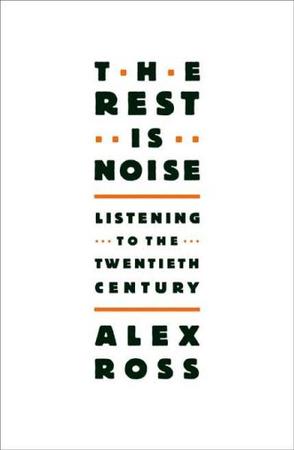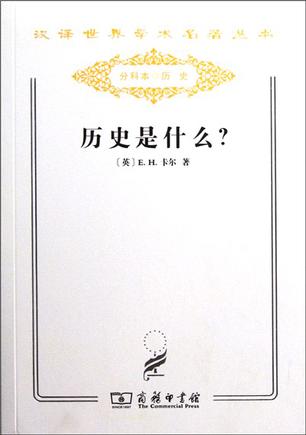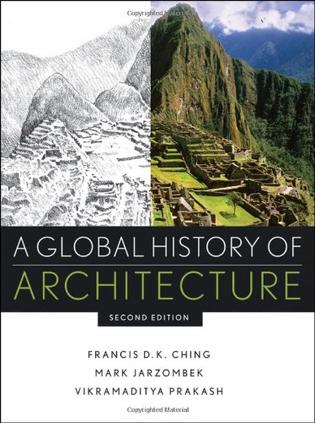-

欧洲史
《欧洲史》是英国历史学家诺曼·戴维斯的代表作。它为欧洲历史设计出一种时间和空间的坐标系统,呈现出难得一见的整体史印象。它将传统叙述方式与特写结合,容纳了经常被严肃历史学家忽略的各种奇特事物和思想,成为近年来深具价值和说服力的欧洲通史作品。
《欧洲史:古典时代(史前— 公元337)》是“欧洲”正式亮相之前这片陆地的历史。
欧洲不是独立的“大陆”,而是一个“半岛”。地貌、气候、地质和动物群落共同营造了一个良性的环境,这是理解欧洲历史的基础。古希腊的历史跨越了1000多年的时间,在其全盛期,希腊人在各个领域爆发式地取得了惊人的成就。以内聚力著称的罗马的崛起则预示着一种新型陆上强国对“海岸线文明”的征服。吸收了希腊文化的罗马,成了一个文化混血儿,主宰了此后数百年的罗马帝国政治文化生活,直到新的文化基础——基督教出现。
-

如何离开地球表面
人类从什么时候开始渴望飞行?
1000年来的科学家和冒险者都做过哪些飞行的尝试?
飞机和火箭的历史上有哪些里程碑式的技术突破?
莱特兄弟之前的几百年,飞机设计者为什么全都想错了?
飞机上天必需的三大条件是什么?扑翼、滑翔机和飞机的区别是?
热气球竟被作为战争利器?飞艇为 何没有变成主流交通工具?
初代军用机的灵感为何来自鸽子和葫芦种子?
早期战斗机飞行员怎样看清方向,甚至要边飞边降落亲自问路?
最早的转缸发动机为什么装在自行车上?发动机百年来经历了哪几次关键革新?
为什么“协和空难”事故的根源不是超音速本身?“黑科技”亚轨道轰炸机是否能实现?
为什么导弹和火箭其实是一种东西?
————————————
知乎荣誉答主的首部科普力作
卢西是知乎航空航天领域荣誉答主、动力工程师、德国亚琛工业大学(RWTH Aachen University)硕士、美国佐治亚理工学院访问学者。这是他的全新科普力作,一部带有人文性的技术科普书,除了飞机火箭的基本原理、技术发展史,还讲述了航空航天领域许多科学家和工程师奋斗的故事。
紧跟热点,迅速掌握基础知识
2021年,天问一号探测器、祝融号火星车、神舟十三号顺利升空,天和号核心舱和空间站正式运行,航天事业硕果累累;民用航天也向人们敞开大门,亚马逊创始人贝佐斯的蓝色起源公司也已经将商业太空旅行提上日程。2021年9月,珠海航展如火如荼地召开,多种新技术让人眼花缭乱——我们如何GET航空航天的知识点,才能看懂这些前沿资讯?飞机技术最近有哪些突破?火箭都有哪些类型,具体什么原理?登月飞行有几种路线?星际旅行必备什么样的发动机?
人人都该懂点儿工程学思维
如何像工程师一样思考?为什么我们在机场看到的飞机都长得差不多?为什么工程师从来不找正确答案,而是在多个方案中寻求最优解?最早的民航班机为什么是水上飞机?“ETOPS双发延程飞行”这条民航业规定,为何改变了世界格局?本书是航空工程师写给大众的入门手册,既没有复杂的公式、定理,也无需具备任何物理学基础,只有好懂的故事、清晰的插画和照片。用故事讲技术,普及工程学原理和民航知识,无论是大中学生、商务人士、驴友还是航空发烧友、军迷,都能有所收获。
清华大学航天航空学院副院长、洪堡学者王兵诚挚推荐
“卢西的著作没有复杂的公式,但为我们明晰地讲述了千年来人类探索飞行的历程,让各行各业的人们都能够深入了解人类探索航空航天的历史,是一部优秀的科普作品。希望这部著作能够激发更多人对于航空航天的兴趣,让知识的普及引领更多人才投身航空航天领域,推动我国乃至人类的航空航天事业发展!”
————————————
今天,我们经常看航天项目直播或航展,但其中涉及的许多专业知识——如涡喷发动机、飞行控制、运载火箭、固体火箭、比冲、指令舱、逃逸塔——我们到底听懂了多少?如何讲清飞机、火箭的原理?在飞机和火箭的技术史上,又有多少至关重要的技术变迁和前赴后继的前辈?今天,我们都有机会坐飞机,但民航走过了怎样的曲折路程,才得以让我们更舒适、安全地到达?未来的民航机、真实的星际旅行又是什么样的?本书用一个个生动、幽默、动人的故事,普及了航空航天领域的许多基础重要的知识。
-

流言与真相
郭沫若是20世纪中国著名的文学家、革命者以及重要的国家领导人。然而,近年来学术界以及坊间对郭沫若的的认识多有偏差,将郭沫若塑造成“两面人”“墙头草”等形象,诸多言论都是建立在不实之词的基础之上。本书对于一个时期以来,郭沫若文学创作、学术研究及其他问题上的种种“流言”与“抹黑”,进行了深入剖析,澄清了加诸郭沫若身上的不实之词。同时对其中几类主要“流言”和“抹黑”的原由进行了分析,还原历史事件本来面目,为读者呈现了一位坚持马克思主义理想,为中国革命做出巨大贡献的名人的一生的不同侧面。
廓清迷雾,摒弃流言,通过丰富的材料与扎实的考证,认识真实的郭沫若。
本书作者现为中国社会科学院郭沫若纪念馆研究员、兼任中国郭沫若研究会秘书长。
-

The Rest Is Noise
From Publishers Weekly Starred Review. Ross, the classical music critic for the New Yorker, leads a whirlwind tour from the Viennese premiere of Richard Strauss's Salome in 1906 to minimalist Steve Reich's downtown Manhattan apartment. The wide-ranging historical material is organized in thematic essays grounded in personalities and places, in a disarmingly comprehensive style reminiscent of historian Otto Friedrich. Thus, composers who led dramatic lives—such as Shostakovich's struggles under the Soviet regime—make for gripping reading, but Ross treats each composer with equal gravitas. The real strength of this study, however, lies in his detailed musical analysis, teasing out—in precise but readily accessible language—the notes that link Leonard Bernstein's West Side Story to Arnold Schoenberg's avant-garde compositions or hint at a connection between Sibelius and John Coltrane. Among the many notable passages, a close reading of Benjamin Britten's opera Peter Grimes stands out for its masterful blend of artistic and biographical insight. Readers new to classical music will quickly seek out the recordings Ross recommends, especially the works by less prominent composers, and even avid fans will find themselves hearing familiar favorites with new ears. (Oct.) Copyright © Reed Business Information, a division of Reed Elsevier Inc. All rights reserved. -

历史是什么
本书是卡尔的一部史学理论著作,提出了后来争论激烈的历史是什么的命题,是部有价值的史学理论著作。 -

A Global History of Architecture
Praise for the First Edition "Because of its exceptionally wide perspective, even architectural historians who do not teach general survey courses are likely to enjoy and appreciate it." — Annali d'architettura "Not only does A Global History of Architecture own the territory (of world architecture), it pulls off this audacious task with panache, intelligence, and—for the most part—grace." — Journal of the Society of Architectural Historians Revised and updated—the compelling history of the world's great architectural achievements Organized along a global timeline, A Global History of Architecture, Second Edition has been updated and revised throughout to reflect current scholarship. Spanning from 3,500 b.c.e. to the present, this unique guide is written by an all-star team of architectural experts in their fields who emphasize the connections, contrasts, and influences of architectural movements throughout history. The architectural history of the world comes to life through a unified framework for interpreting and understanding architecture, supplemented by rich drawings from the renowned Frank Ching, as well as brilliant photographs. This new Second Edition: Delivers more coverage of non-Western areas, particularly Africa, South Asia, South East Asia, and Pre-Columbian America Is completely re-designed with full-color illustrations throughout Incorporates additional drawings by Professor Ching, including new maps with more information and color Meets the requirements set by the National Architectural Accrediting Board (NAAB) for "non-Western" architecture in history education. Offers new connections to a companion Web site, including Google EarthTM coordinates for ease of finding sites. Architecture and art enthusiasts will find A Global History of Architecture, Second Edition perpetually at their fingertips.